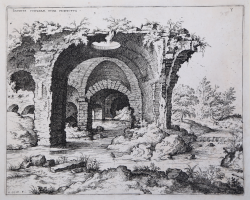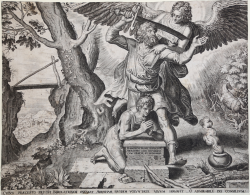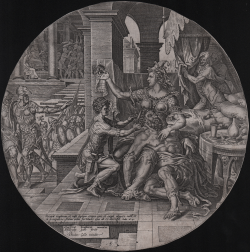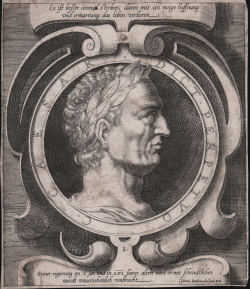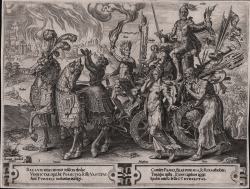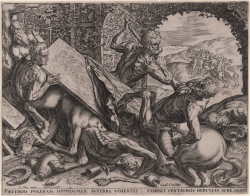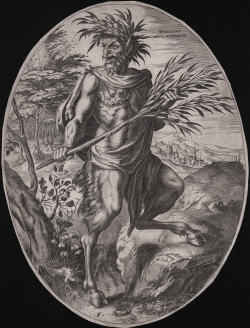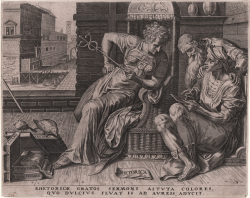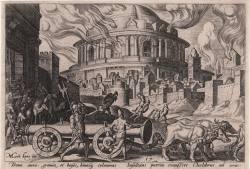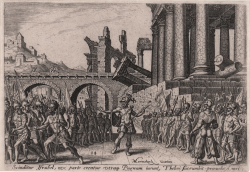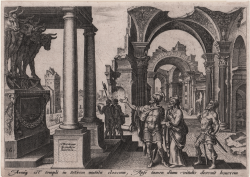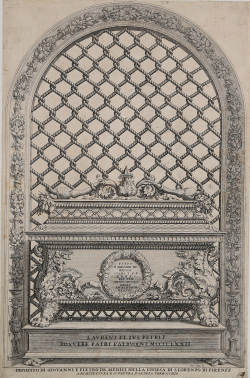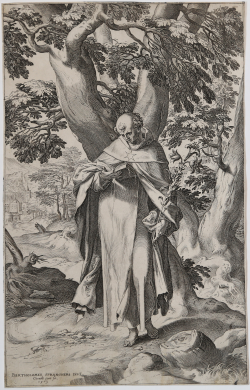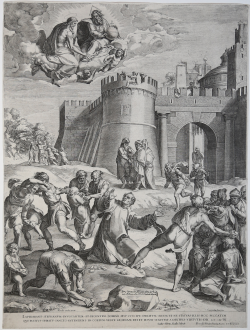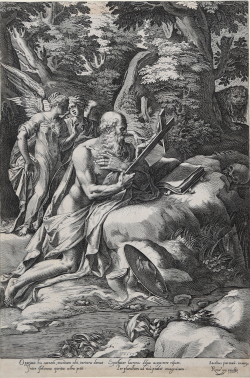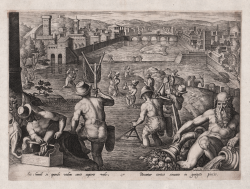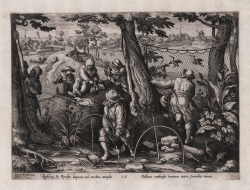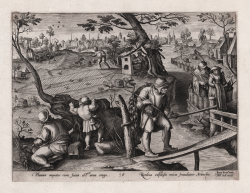The Chaldeans take away the columns of the Temple in Jerusalem
Philippe GALLE
Code:
S35321
Measures:
205 x 145 mm
Year:
1569
The People of Israel Divided Between Tibni and Omri
Philippe GALLE
Code:
S35323
Measures:
205 x 145 mm
Year:
1569
St. Jerome penitent in the desert, with two angels
Cornelis CORT
Code:
S30166
Measures:
378 x 250 mm
Year:
1577
Rustica sic Perdix laqueis, vel retibus amplis / Fallitur umbrosis...
Philippe GALLE
Code:
S45933
Measures:
278 x 205 mm
Year:
1578
Planior aequato cum facta est area tergo, / Retibus expansis mitis...
Philippe GALLE
Code:
S45934
Measures:
285 x 210 mm
Year:
1578

